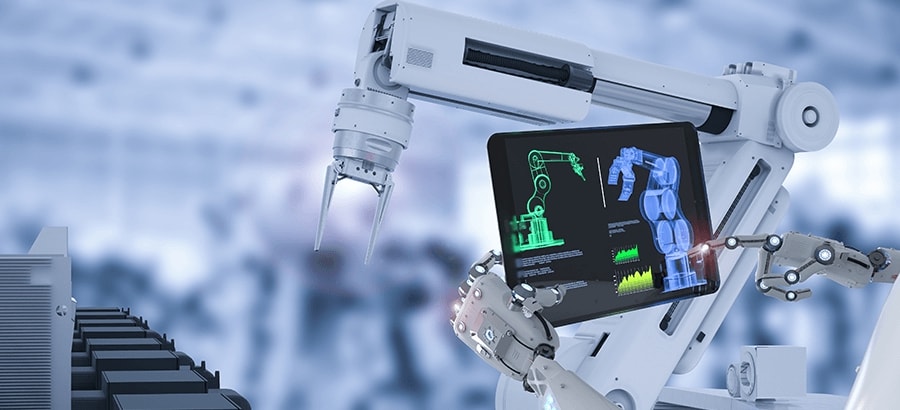Looking to the future, the variation of customer demand globally will require that manufacturers adopt production proximity – having a few plants around the world that produce standard platforms and components, then doing final assembly in local factories which can better serve local needs. This trend is playing out on two fronts – re-shoring of global plants, and local assembly. Both of these trends help manufacturers meet the demands of consumers who are increasingly expecting customized products delivered in a timely manner.
Re-Shoring
We are seeing the first trend already as companies in the US and UK, and to a lesser extent, Canada, are bringing some of their manufacturing operations home and are asking their suppliers do the same.
The reason for this is that companies are beginning to realize that tightly integrated supply chains can be a competitive advantage counteracting higher production costs. When production was pushed out from the industrialized economies, into other distant geographic locations, during the nineties, no one understood the risks of global supply chain disruptions.
Events like the Japanese tsunami of 2011 and the recent re-freezing of cold war borders show just how vulnerable global supply chains can be and are making companies appreciate shorter supply chains.
Shorter supply chains also let manufacturers be more responsive to unexpected spikes in demand and hold less goods in transit. This improves customer service levels as well as partially off-setting higher production costs.
Improved customer service levels associated with local manufacturing can be the key differentiator for your products. SYSPRO customer Prepac Manufacturing, makers of ready to assemble storage furniture, ships direct to consumers within 24 hours. The retailers that stock Prepac’s products benefit from knowing that Prepac meets their customer service levels while not having to hold Prepac stock in their warehouses.
Offshore manufacturers simply can’t compete with this level of service.
Platforms, Customization and Assembly
In some ways, Prepac is an excellent, small-scale example of the second production proximity trend – production platforms that undergo final customization and assembly locally.
Prepac uses many of the same cuts and fittings as the platform for different products. Customization is done by ordering different materials, colors, and fittings. Nothing better illustrates local assembly than giving the consumer a set of materials and instructions, and letting them make or break the final product.
It is a lot more difficult to build a business around creating a platform that undergoes final customization and assembly locally when your product is more complex. But consumers are increasingly expecting exactly this making mass customization a major challenge for manufacturers in the future.
The auto industry is a good example of this trend, although an as yet incomplete one. Vehicles are not yet a platform for customization to the extent that consumers would like, internals are shared between as many product lines as possible and end users given a limited set of customization options.
The challenges of the auto industry make it difficult to change. But you can be sure that, with products as poorly differentiated as cars, manufacturers are aware of the benefits of offering a platform that consumers can customize.
Proximity is Agility
Building a platform lets businesses succeed in more markets whether it is to meet the fickle demands of consumers or the specific regional needs of businesses. Production proximity is important because it will play a large part in how manufacturers meet these demands.
Whether it is a platform that will allow quick, local configuration, or a more balanced mix of local and offshore production, manufacturers will need to be able to quickly respond to changing demand and market conditions. If they don’t they will lose out to competitors who can produce the products that customers want in a timely manner.
This post is part of a series on manufacturing technology trends related to the Future of Technology in Manufacturing whitepaper. Read the other posts on Faster Decision Making and Production Flexibility for more on the subject or download the whitepaper.





2 thoughts on “Manufacturing Technology Trends: Production Proximity”
Thanks for sharing an awesome article. we gain a lot of knowledge keep posting
Southindia first Approved RECD
Thanks for sharing an wounderfull article. we got a lot of knowledge keep posting
Southindia first Approved RECD